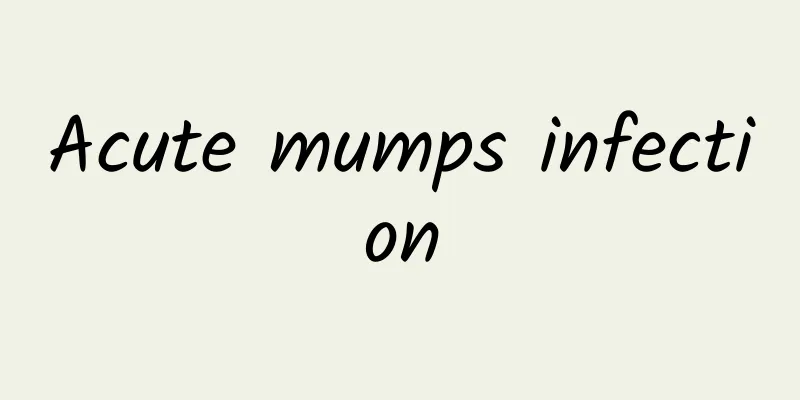What causes jaundice in babies?

|
Infant jaundice is mostly caused by abnormal bilirubin metabolism, which may include physiological jaundice, breast milk jaundice and certain pathological factors. Different causes should be treated differently. For example, physiological jaundice usually does not require special treatment, while pathological jaundice requires timely diagnosis and treatment. 1. Physiological jaundice Most newborns will develop jaundice on the second or third day after birth. This is because the liver function is not fully developed at birth and cannot break down excessive indirect bilirubin in time. As liver function gradually matures, jaundice usually disappears naturally within one to two weeks after birth. This situation generally does not require special intervention, but parents need to observe changes in the baby. If jaundice worsens rapidly or other abnormal symptoms occur, seek medical attention. 2. Breast milk jaundice Breast milk jaundice is caused by certain hormone components in breast milk affecting the liver function of newborns, slowing down the decomposition of bilirubin. This type of jaundice usually lasts longer on the basis of physiological jaundice, but in most cases it is harmless to the health of the baby. The management of breast milk jaundice does not require stopping breastfeeding, but only requires continuing to observe the baby's eating, bowel movements and mental state. If jaundice lasts for more than 3 weeks, a doctor should be consulted for evaluation. 3. Pathological jaundice Pathological jaundice usually appears within 24 hours after birth, and the degree of jaundice is severe, extending to the hands and feet or accompanied by other symptoms such as feeding difficulties, drowsiness, screaming, etc. The causes may include hemolytic diseases such as neonatal ABO or Rh blood type incompatibility, infections such as neonatal sepsis, biliary atresia, etc. Treatment measures include phototherapy with blue light to help break down bilirubin, exchange transfusion therapy for severe hemolysis or surgical treatment for specific diseases. If pathological jaundice is suspected, you need to see a doctor as soon as possible. 4. Other possible reasons There are a few cases of jaundice caused by genetic diseases such as Gilbert syndrome, glucose-6-phosphate dehydrogenase deficiency, etc. These diseases may affect bilirubin metabolism or hemolysis, and need to be diagnosed through genetic testing, blood tests, and long-term management after birth. Parents need to pay close attention to the jaundice of their babies and pay attention to whether it is accompanied by other symptoms such as abnormal body temperature, vomiting or decreased vitality. Once pathological jaundice is suspected, the baby should be taken to the hospital for examination and treatment as soon as possible to prevent hyperbilirubinemia from causing damage to the nervous system. |
<<: Briefly describe the causes of diarrhea in children
>>: There are 5 common symptoms of pneumonia in children: low white blood cells
Recommend
What are the treatments for neonatal jaundice?
What are the treatments for neonatal jaundice? If...
Symptoms of hand, foot and mouth disease in children
Symptoms of hand, foot and mouth disease in child...
Is herpetic pharyngitis hand, foot and mouth disease?
Herpangina is not hand, foot and mouth disease. H...
How to care for children with pneumonia
Parents are most worried when their children are ...
What is Hirschsprung's disease in the newborn?
Hirschsprung's disease is a congenital digest...
Traditional Chinese Medicine for Treating Pneumonia in Children
Pediatric pneumonia is a respiratory disease that...
Can acute laryngitis in children be cured?
Acute laryngitis in children is mostly caused by ...
How to prevent jaundice from occurring?
Neonatal jaundice is a common disease. The skin c...
How to prevent neonatal jaundice
How to prevent neonatal jaundice? In order to pre...
What are the causes of jaundice? 5 things you need to know about jaundice
It is a common phenomenon for newborns to have ja...
Do you know the common misunderstandings in the diagnosis of Kawasaki disease?
What are the common misunderstandings in the diag...
What is Kernicterus
Kernicterus is actually a severe form of neonatal...
How to treat polio
Polio is an acute infectious disease caused by th...
What causes congenital jaundice?
Congenital jaundice may be related to breastfeedi...
Which Chinese medicine can cure jaundice hepatitis?
Which Chinese medicine can cure jaundice hepatiti...









